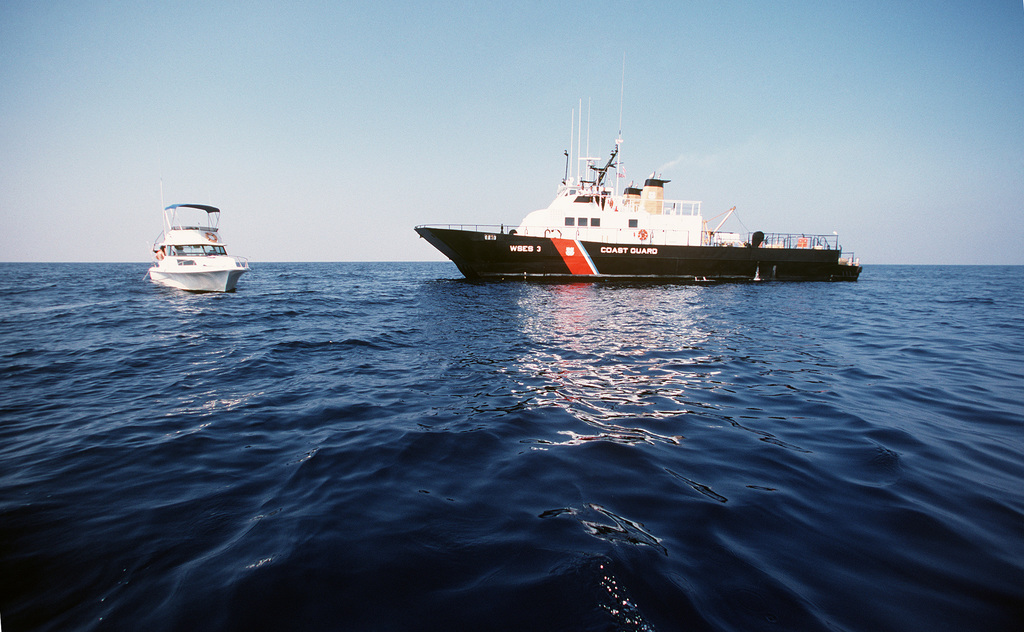Iran is believed to have built a new warship on the basis of North Korea’s surface effect ship (SES) design, according to intelligence reports. However, no further details including the name or designation of the ship are available at the moment.
In the past, Iran always showcased its indigenous military programs and highlighted its achievements of self-sufficiency. Reports suggest the new ship was spotted at the Shahid Darvishi yard near Bandar Abbas port in Iran.

The port is famous for the development of Iran’s higher-profile warships, which include the IRINS Makran forward base ship, the Fateh-class submarine, and the latest Mowj-class frigates.
According to reports, the new Iranian ship appears to be a catamaran, with two hulls side by side. Informally known as a “cat”, a Catamaran is a multi-hulled watercraft that features two parallel hulls of equal size.

The watercraft derives its stability from its wide beam, rather than from a ballasted keel as in the case of a monohull boat.
They typically have less hull volume, smaller displacement, and shallower draft than monohulls of comparable length. The two hulls combined often offer a smaller hydrodynamic resistance than comparable monohulls.
The craft’s wider stance on water enables it to have a reduced heeling and wave-induced motion in comparison to a monohull.
Iran is no stranger to catamarans as its Islamic Revolutionary Guard Corps (IRGC) operates a catamaran warship, the IRIS Shaheed Nazeri.
However, the proportions of the new ship also suggest that instead of being a catamaran, it could actually be a surface effect ship (SES), which is similar to both a hovercraft and a catamaran.

An SES is similar to the catamaran as it has two hulls constructed in a side-by-side arrangement, and also resembles a hovercraft, as it features rubber skirts on the front and the rear to trap a pocket of air underneath.
This enables the SES to ride the pocket of air at high speeds, while also giving it a squared-off bow and stern and rectangular, boxy appearance from above.
If the new ship is indeed an SES, it will be a new class of missile boats, offering a completely new territory for the shipbuilders of the Middle East nation.
So far, the ship’s service status remains unclear, and it is not even certain as to which of two Iranian Navies actually has the ownership of it.
While the main Islamic Republic of Iran Navy is the first line defense and responsible for the outer approaches to the Persian Gulf, the IRGC paramilitary organization is tasked with defending Iran’s offshore facilities, coastlines, and islands in the Gulf.
According to experts, one key reason behind Tehran deciding to keep a low-profile on the status of the new ship might be due to its identical design with the North Korean SES.
Pyongyang currently possesses at least three types of surface effect ships, which include one particularly sharp-looking SES, which is apparently designed to evade radar.
Both North Korea and Iran are considered rogue nations as they either possess or seek to obtain “weapons of mass destruction” (nuclear weapons). Given this, only a handful of countries want to have military ties with them. This may have forced Pyongyang and Tehran to cooperate with each other in terms of sharing weapons systems in the past.
The two nations shared missile technology way back in the 1990s and continued their military partnership during the tenure of US President Donald Trump as well. They have also shared miniature submarine technology.
Follow EurAsian Times on Google News




